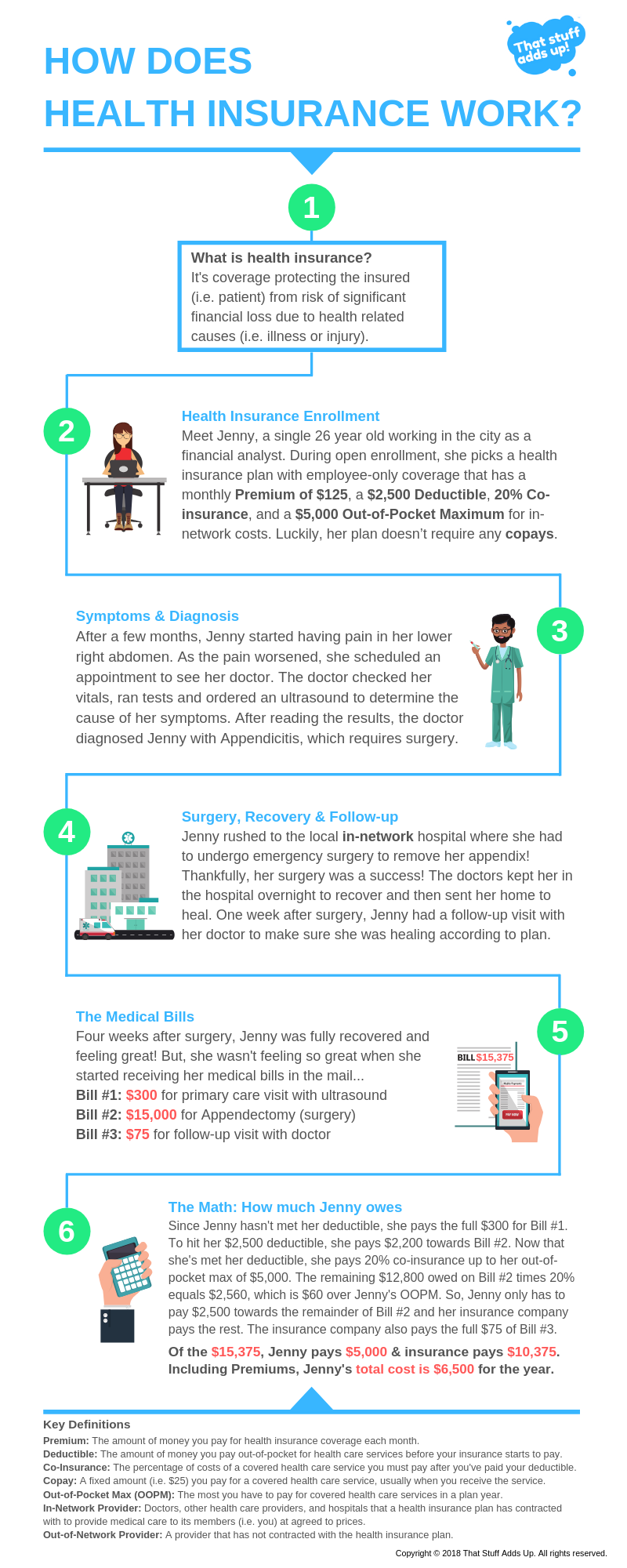Copay After Deductible: Everything You Need to Know. A copay after deductible is a flat fee you pay for medical service as part of a cost-sharing relationship in which you and your health insurance provider must pay for your medical expenses. Deductibles, coinsurance, and copays are all examples of cost sharing.. Coinsurance means that both you and your insurance company pay a portion of your medical expenses after you’ve met your deductible. Coinsurance tends to be divvied up in percentages. For example, your insurance company may cover 70 percent in coinsurance while you’re responsible for the remaining 30 percent..
Coinsurance is a percentage of a provider's charge that you may be required to pay after you've met the deductible. When you've met your deductible, you'll have to pay coinsurance (usually 20 percent of the provider's charge) until you reach your out-of-pocket maximum.. The health insurance deductible is the amount of money you agree to pay before your health insurance policy begins to pay. In a way, the health plan deductible is very much like the amount of money you agree to self-insure before you start to claim on your covered medical expenses..

For example, say you have a health insurance plan with no deductible, but instead has a 20% coinsurance for all services. When you visit the doctor for the first time in a calendar year, you’ll pay 20% of the total bill, no matter what services you receive during that visit.. The percentage of costs of a covered health care service you pay (20%, for example) after you've paid your deductible. Let's say your health insurance plan's allowed amount for an office visit is $100 and your coinsurance is 20%. If you've paid your deductible: You pay 20% of $100, or $20. The insurance company pays the rest..

An 80/20 insurance policy is a form of coinsurance in which you satisfy your deductible first, and then you pay 20 percent of additional medical costs and your insurer pays the 80 percent balance.. For example, if your coinsurance is 20 percent, you pay 20 percent of the cost of your covered medical bills. Your health insurance plan will pay the other 80 percent. If you meet your annual deductible in June, and need an MRI in July, it is covered by coinsurance. If the covered charges for an MRI are $2,000....



